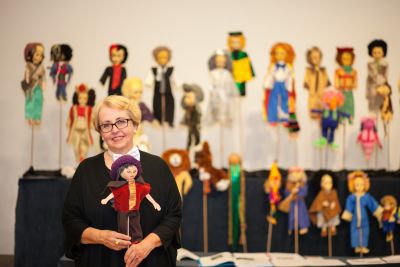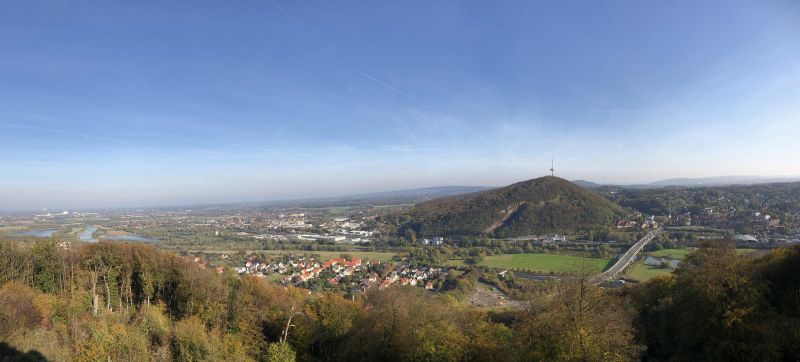Tales from the hills. The fate of Polish forced labourers at Porta Westfalica 1944/45
Mediathek Sorted






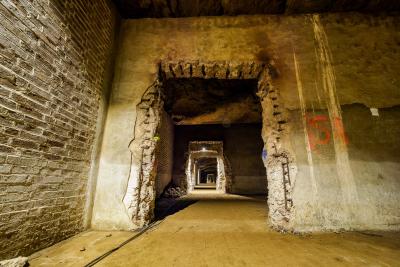
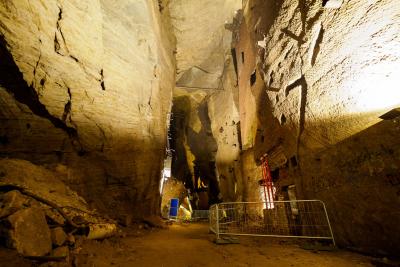

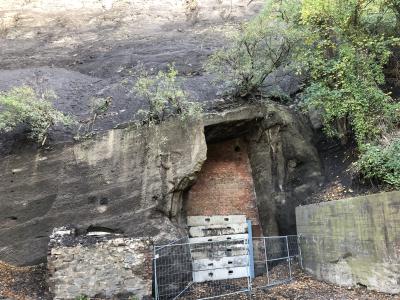

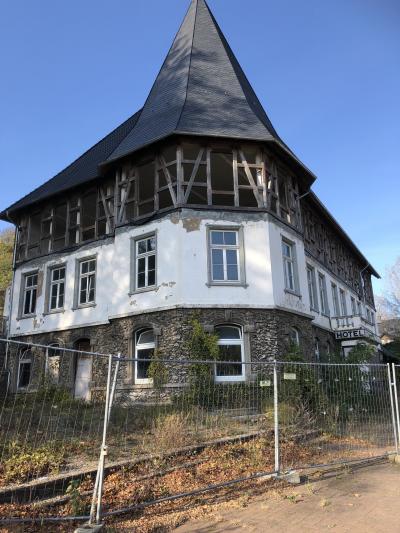

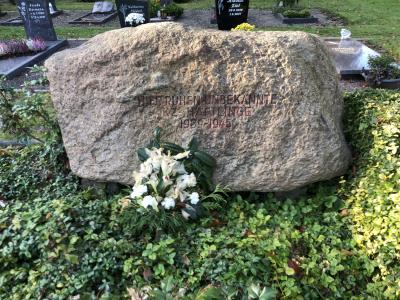

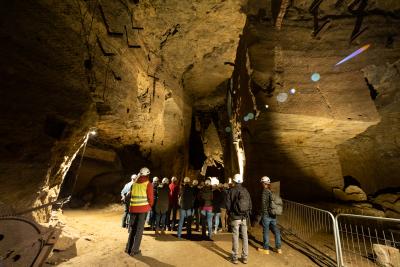

Henryk Stróżyk
Henryk Stróżyk was born on 13 July 1912 in Wreschen (Września). As a sub-officer in the Polish Army, he experienced the outbreak of the Second World War at first hand, when he was stationed in the Przasnysz-Chorzele region near Pułtusk. Stróżyk was taken prisoner by the German and the Russian armies, and repeatedly succeeded in escaping, until he was again captured in October 1941. He was subjected to severe torture in the Gestapo headquarters in Kraków, before being taken to Auschwitz concentration camp.[57] From then on, Stróżyk’s and Kielar’s stories are very similar in many ways. In 1944, he was taken to Sachsenhausen concentration camp, where he registered to work in a crew of electricians.
“The German industrialists came like slave traders, wanting to recruit specialists. One of them, König was his name, came from Porta Westfalica. He was looking for electricians. Someone [Henryk Lipiński, engineer; author’s note] told me that if asked, I should say that I’m an electrician, and that I learned my trade at the university in Danzig. When I went to König and he asked me about my professional training and school education, I told him that I was an electrician from the university in Danzig. Then he took me with him”.[58]
The similarities with Kielar’s crew (recruitment in Sachsenhausen concentration camp, a crew of 60 electricians who were deployed at the Porta) make it likely that the two men were part of the same group of labourers. However, it is not clear why Stróżyk uses the name König when referring to the recruiting industrialist, while Kielar refers several times to an engineer called Siemers, who brought the members of the crew together and who was responsible for them. Like Kielar, Stróżyk was among the prisoners evacuated on 1 April 1945, and who were taken to the camp in Wöbbelin, stopping several times along the way, before being liberated in Wöbbelin by US troops. In 1995, Stróżyk recounted his wartime experiences and described his life as a prisoner in several different camps in an interview with his grandson, Wojciech Stróżyk.[59]
[57] See KZ-Gedenk- und Dokumentationsstätte Porta Westfalica: Henryk Stróżyk, in: https://www.gedenkstaette-porta.de/?page_id=314, last accessed on 18/2/2020.
[58] Stróżyk, Wojciech, p. 18.
[59] See Stróżyk, Wojciech.

